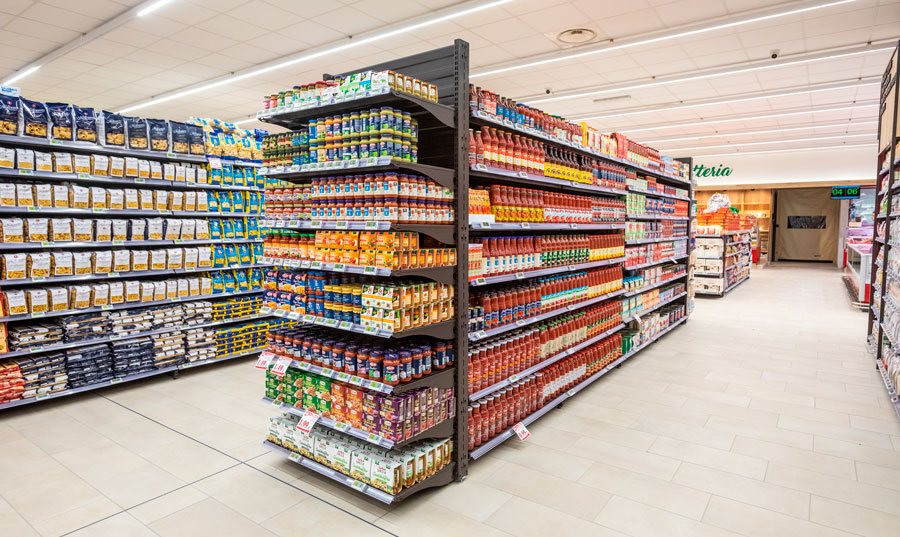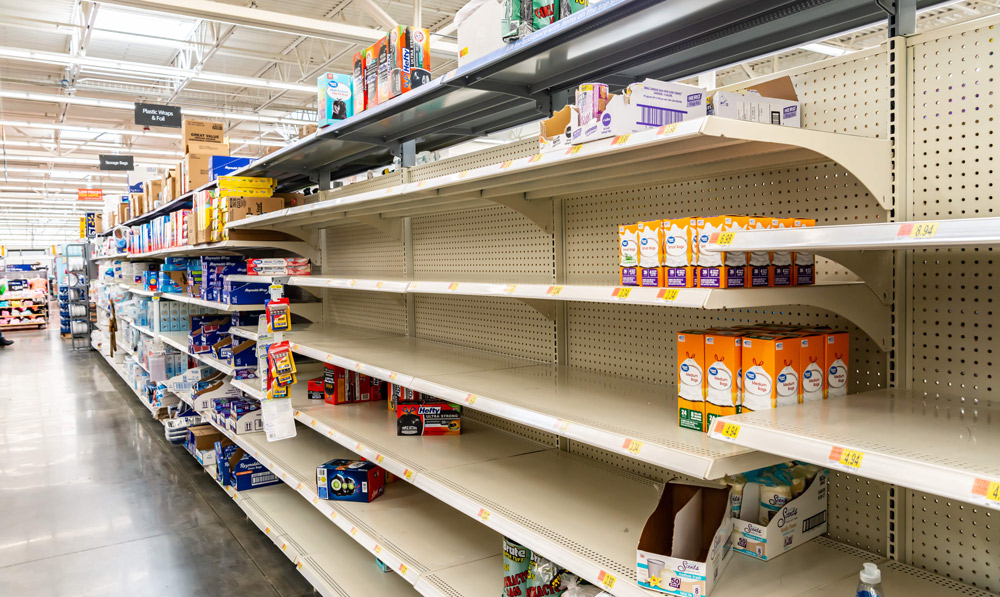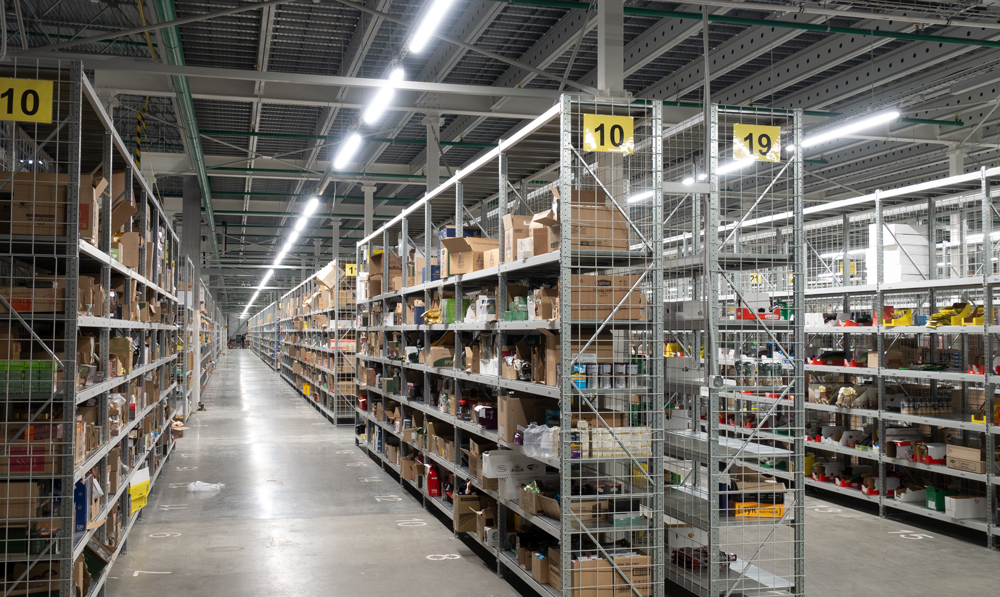
The product planogram at the point of sale is essential to every retailer’s strategy. The products’ location on the shelf directly impacts the sales level of each product and the shelf as a whole. In fact, according to Nilsen’s study “The Smart shelf,” the correct design and implementation of the planogram have an effect of incrementing sales of up to 6.8%
As expected, various technologies have been developed, such as in-store motion analysis, heat mapping, and identifying hot zones in aisles and within the shelf. These innovations aim to support retailers and suppliers in improving their sales by planning and optimizing the planogram. As a result, according to this analysis, each space has a value and priority within the commercial agreements aiming to maximize profitability per sqm.
According to the same Nilsen study, a consumer takes – on average – less than 15 seconds to look at a shelf and decide which product to buy. Thus, for both CPG companies and retailers, respecting the agreements and guidelines of the planogram becomes evident. Generally, the onus is on the retailer to ensure that products are disposed of as agreed (especially if internal replenishment processes exist).
But while the planogram opens up opportunities in terms of profitability, like all planning, it will be wasted if it is not implemented in the physical stores. This is the biggest challenge for retailers: to ensure compliance. Unfortunately, empirical evidence shows that only 28% of products meet the plan’s requirements, according to the Category Management Association.
The level of non-compliance raises several questions: How do you evaluate something you haven’t done? How do you measure the effectiveness of the planogram? How do you assess the shelf layout’s return on investment (ROI)? What information do you consider for future decisions?
If the planogram is not followed, retailers have no way to analyze their performance to propose improvements and optimize it. Thus, HQ often makes decisions based on the assumption that the stores have correctly implemented all the products in the right place. They may not stop to ponder that, most likely, several products were not in the right place, or perhaps were not even present on the shelf.
In addition to creating problems in decision-making, non-compliance with the planogram has costly effects for retailers. According to ISI Sharegroup, planogram implementation deviations could cost approximately 1% of gross sales in the industry, equivalent to between $10 billion and $15 billion in lost sales in the grocery, pharmacy and FMCG channels.
The strategy behind each planimetry is clear. The challenge is ensuring that each store has the tools to maximize implementation and compliance levels.
Here are some critical points of in-store management that every retailer can leverage to increase compliance levels.
Deliver the right information:
each store must receive precise information according to its reality: furniture, spaces, product mix, etc. If a planogram is delivered with generic info, store personnel must decide which products to use and how to complete the shelf, consuming valuable time with each update.
Timely information:
The retail world demands high speed and responsiveness to new trends. Despite this, many retailers still manage planogram updates quarterly or, even worse, semi-annually. Discontinued products or formats may still be in the planogram for months, and it is up to the store to figure out how to display them correctly. In addition to the lack of updates, the information distribution is done with printed documents, through intranet, or emails, hindering the flow of communication. Agility is vital, so it is ideal to find a platform that supports both stores and headquarters in keeping the information updated and at the store associates’ fingertips.
Listen and manage in-store issues:
Many times, stores face problems in executing planograms, such as lack of stock, not enough shelf space (or smaller shelf than expected), or simply having doubts about the instructions. Establishing a feedback system is an excellent way to give stores a voice and support proper implementation. In this way, store personnel is empowered to raise any incident or concern, allowing other areas to provide a concrete solution and achieve a perfect display.
Achieving 100% fulfillment of all products in every store may seem like an impossible mission. But the benefits are unquestionable, so every effort is worthwhile in terms of sales and profitability. However, retailers should not forget that the stores are alive, surrounded by a busy and dynamic world, that requires constant work and observation. It is not only necessary to implement correctly, but also to accurately maintain the displays. The support of an SKU-level management tool will help to keep active control and management for each product in each store, ensuring compliance with commercial agreements and guaranteeing the best profitability per sqm over time.













